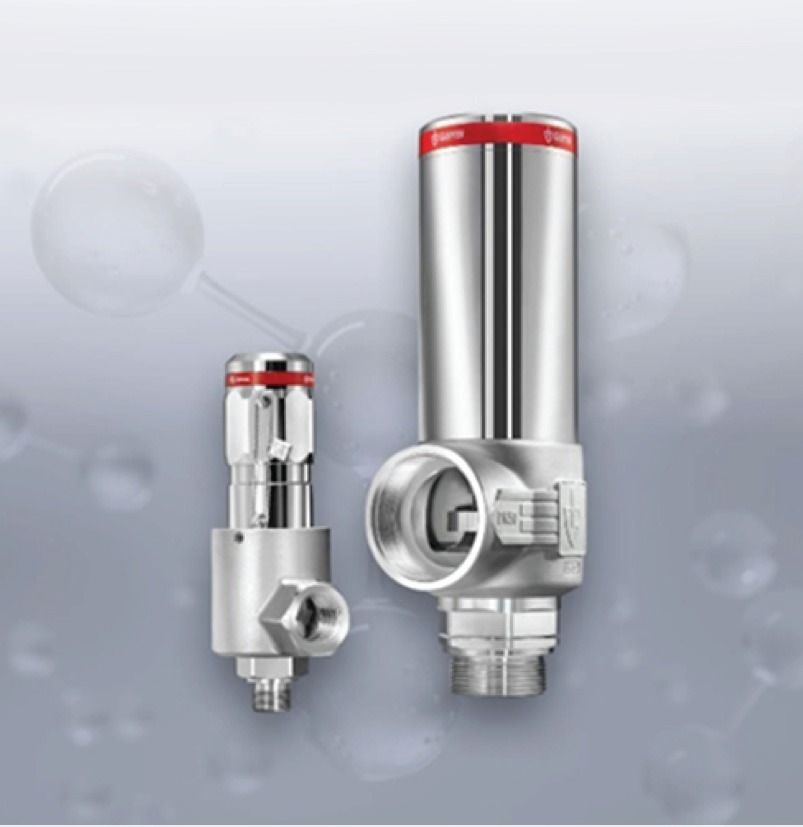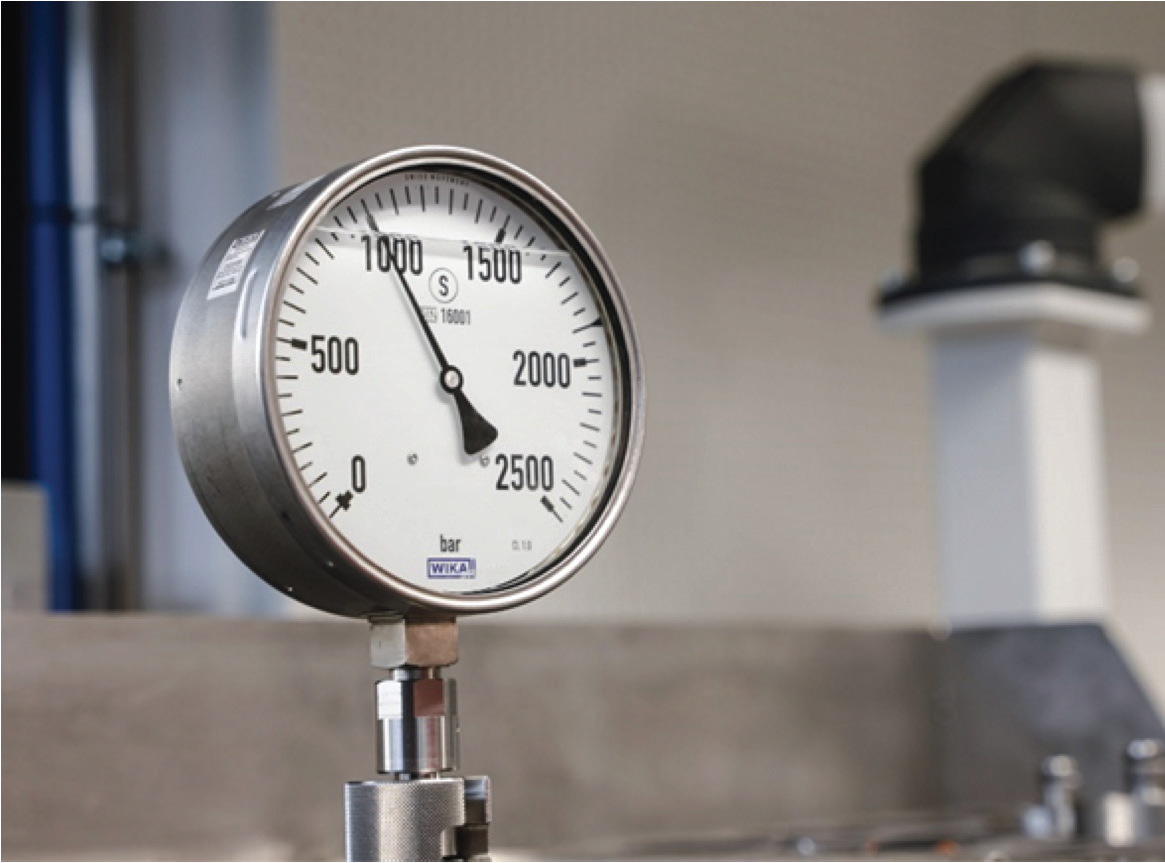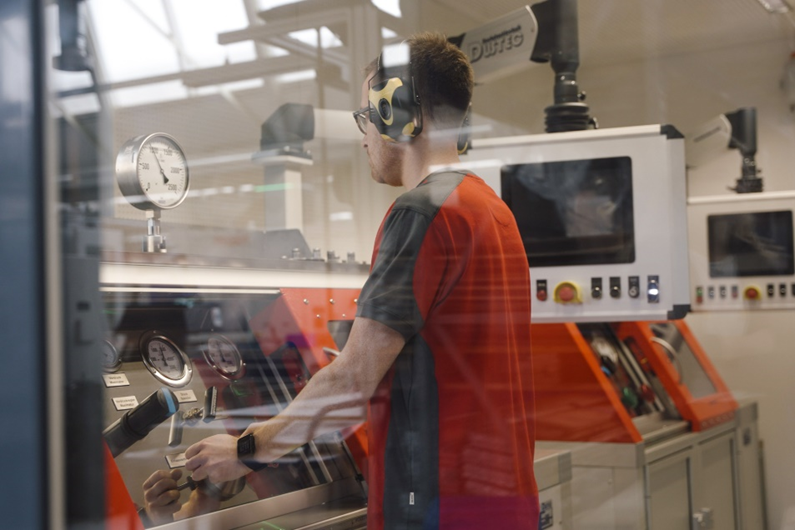The energy sector faces significant challenges in transitioning to sustainable resources for power generation. Green hydrogen emerges as a promising solution, produced through innovative splitting processes and renewable energy, eliminating reliance on fossil fuels and CO2 emissions. This versatile resource holds potential for energy production, storage, and industrial applications, marking a pivotal shift towards a future built on green energy.
By Filiz White, CEO – Goetze Valves & Marc Soucy, National Sales Manager – Armour Valve
Despite hydrogen’s colorless, odorless, and non-toxic nature, its volatility, high flammability, and rapid flame speed present challenges in safe production, transportation, storage, and utilization across various applications and environments.
Green Hydrogen Shaping a Sustainable Energy Future
As the world shifts towards a low-carbon future, the potential of green hydrogen holds significant promise in revolutionizing industries, decarbonizing sectors, and cultivating a more sustainable energy ecosystem.
Green hydrogen stands out as an un-equivocally clean and sustainable alternative to grey hydrogen derived from natural gas or methane and blue hydrogen that incorporates carbon capture and storage. This marks a crucial step in the ongoing effort to decarbonize traditionally challenging sectors such as heavy industry, transportation, and heating, allowing seamless transitions away from fossil fuels. As a clean energy source, green hydrogen has the potential to significantly reduce carbon footprints, contributing to global initiatives aimed at mitigating climate change.

Advancements in solar and wind technologies, coupled with synergies be-tween these renewables and green hydrogen production, are becoming increasingly compelling. The surplus energy generated during peak times can be harnessed for electrolysis, ensuring a consistent and renewable supply of green hydrogen.
While international collaborations and substantial investments sculpt the land- scape of green hydrogen’s future, it is crucial to recognize the last mechanical stop in the chain of safety: safety valves. In this context, there are vital factors to consider, emphasizing their indispensable role in ensuring the safe utilization of green hydrogen.
Ensuring Safety in Hydrogen Processes: Key Considerations for Safety Valves
Material Selection
In the ever-evolving landscape of the hydrogen industry, precision in material selection for fittings becomes paramount. Suitable material selection often depends on expected stresses such as pressure, tension, temperature, and alternating loads. Stainless steel varies in composition, and the key distinctions lie in the specific makeup of the stainless steel or its alloys. The presence of chromium and nickel is crucial for hydrogen compatibility, as these elements work to diminish the likelihood of hydrogen embrittlement.
A prime example of this is a reliance on stainless steels featuring elevated nickel content, strategically chosen to thwart hydrogen embrittlement. This phenomenon unfolds when atomic hydrogen swiftly infiltrates the material, outpacing its assembly into densely diffusible H2 molecules at the material surface.
Hydrogen embrittlement manifests prominently on active metal surfaces, particularly on non-passivated surfaces or when surfaces undergo plastic deformation. Notably, hydrogen tends to accumulate at defect or grain boundaries in the material grid, resulting in a con-sequential embrittlement of the metal. High-stress zones, such as crack tips and welding undercuts, further exacerbate the situation, where hydrogen undermines grid cohesion, fostering cracks amidst static or dynamically fluctuating mechanical tensile stresses.
Practically speaking, the dissociation of hydrogen on steel surfaces is contingent on alternating stresses leading to plastic deformation at notches or crack tips. The likelihood of potential damage hinges on factors like stress levels, frequency, surface roughness, hydrogen pressure, temperature fluctuations, and the tensile strength of the steel.
The careful selection of materials for hydrogen applications is essential in ensuring the structural integrity and safety of the equipment. The repercussions of hydrogen embrittlement, with its potential to compromise metal cohesion and induce cracks in critical areas, underscore the need for materials that can withstand the unique challenges presented by hydrogen-induced stresses. By strategically opting for alloys like austenitic steels with a nickel content exceeding 10 percent, industries can not only navigate the intricate challenges posed by hydrogen applications but also fortify the reliability and longevity of their equipment, contributing to a safer and more robust hydrogen infrastructure.


Seals
The efficacy of a seal hinges on numerous factors, like considerations for metallic materials. Beyond mere pressure and temperature, the permeation and diffusion of hydrogen emerge as pivotal determinants. Adherence to specific standards is equally critical for seals. The very small H2 molecules possess the capability to accumulate within sealing materials, infiltrating, and internally compromising them. Consequently, seals must undergo meticulous manufacturing and specialized testing, accounting for this vulnerability.
Inevitably, situations demanding the sudden release of pressure arise. Hence, seals undergo specialized testing to withstand such scenarios. The identification of these elastomer sealing materials adheres to rigorous standards such as NORSOK M-710, with designations like AED (Anti-Explosive Decompression) or RGD (Rapid Gas Decompression).
The significance of seals in hydrogen applications cannot be overstated. Beyond traditional considerations for metallic materials, seals play a crucial role in maintaining the integrity of systems by preventing the permeation and diffusion of hydrogen. Notably, depending on the seal utilized, having valves that achieve leakage rates of 1×10-4 mbar*l/s as a standard with soft seals, underscores their reliability and resilience in demanding operational environments.
Manufacturing Process and Approvals
It is important to establish high cleanliness standards and apply them throughout the safety valve manufacturing process. In addition to essential oil and grease-free production, conducting production in a cleanroom environment is explicitly advised to achieve a hydrogen purity level exceeding 5.0 (>99.999%).
While H2 approvals are currently unavailable, it is also advisable to exclusively consider utilizing safety valves that have undergone type-testing approvals from recognized agencies such as ASME and others to safeguard your system.


Conclusion
Hydrogen projects are on the rise and so are the pressures. Pressures of up to 5,076 psi were once typical, there is now a demand for safety valves to accommodate much higher pressures. Consequently, manufacturers like Goetze are adapting by designing safety valves capable of meeting elevated pressure limits to ensure the protection of system components at pressures as high as 21,755 psi.
The future of green hydrogen holds immense promise as a key enabler of a sustainable and decarbonized energy future. As technology advances, costs decline, and global collaborations intensify, green hydrogen is set to transform from a niche solution to a mainstream energy carrier. Its role in addressing climate change, fostering energy independence, and driving economic growth makes green hydrogen a beacon of hope for a cleaner and more sustainable tomorrow.






